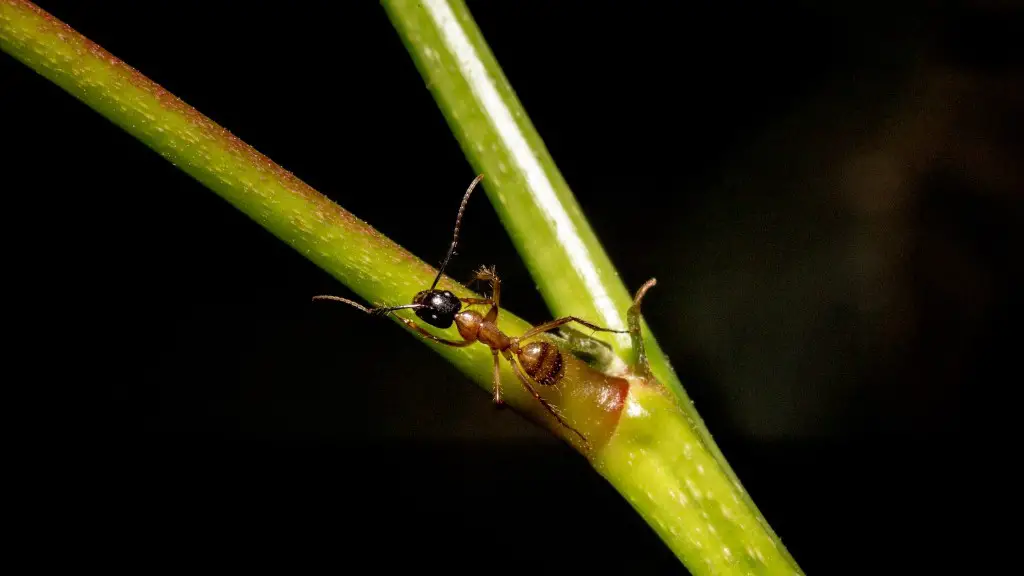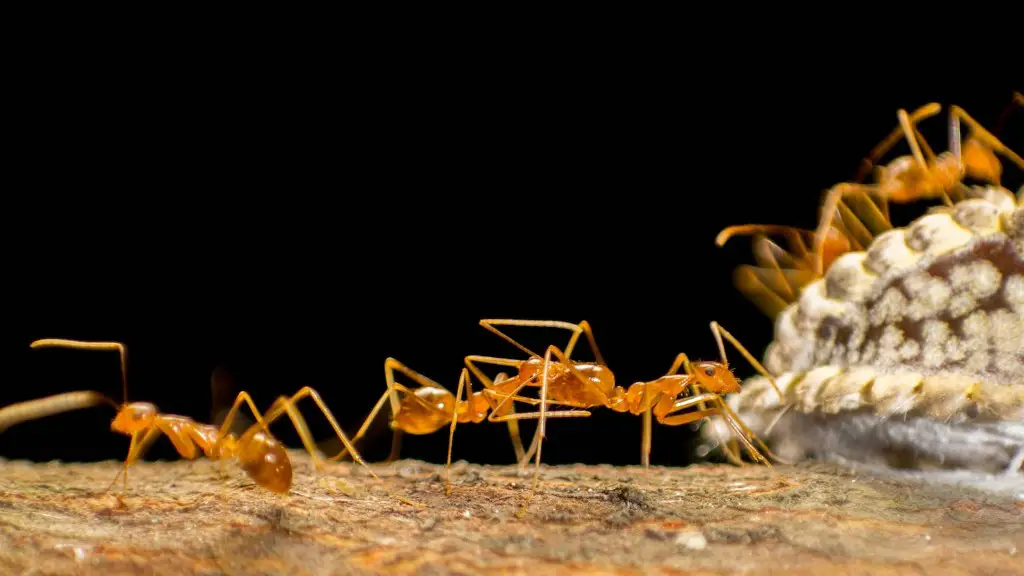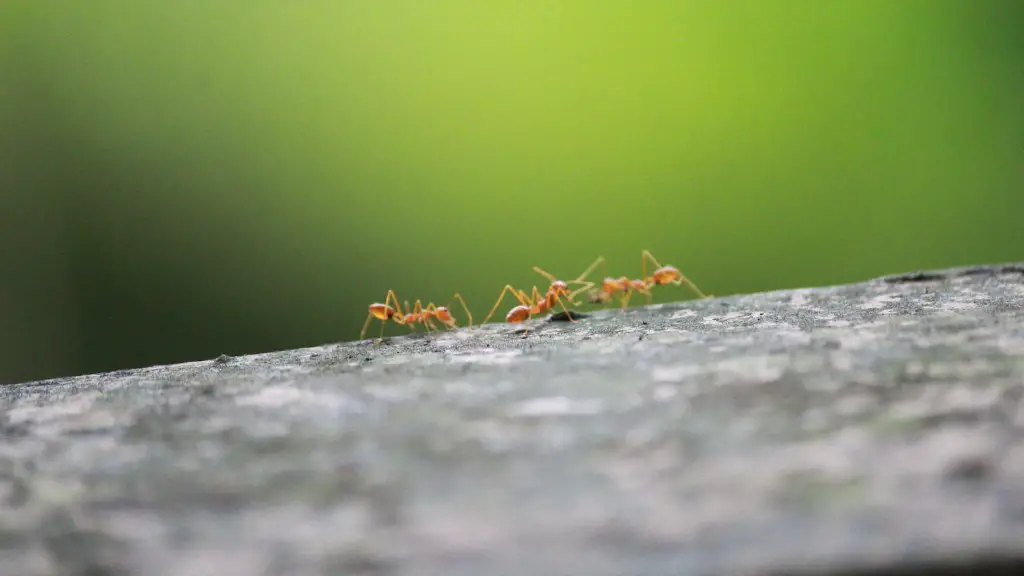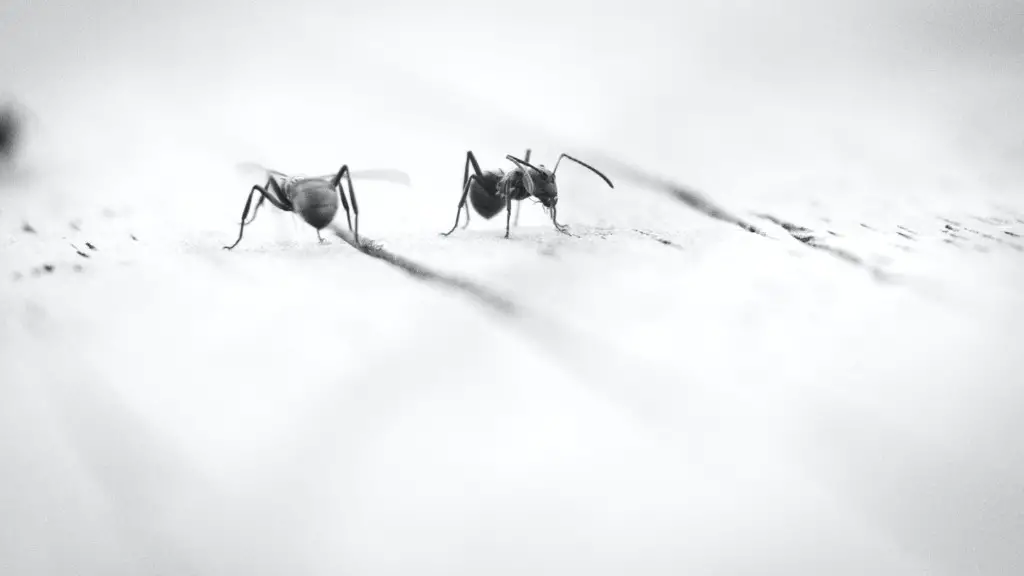Introduction
Many people have to deal with the problem of car infestations, particularly if their vehicles are parked outside for long periods of time. Ants are one of the most common pests which infiltrate and damage cars, especially in warm climates. Not only do they cause damage to the interior and exterior of vehicles, they can also become a health risk and contaminate food. In some cases, the cost of repairs can mount up to thousands of dollars. Fortunately, there are a number of preventative measures and treatments available which can help minimise the damage and risk, and even rid the vehicle of ants altogether.
Identifying the Infestation
In order to treat an ant infestation, you first need to identify the type of ants in your vehicle and the degree of infestation. This is particularly important since different ant species have different characteristics and behaviors. Common types are pavement ants, carpenter ants and pharaoh ants. Pavement ants typically build one or two large nests inside the car, usually under the hood, behind bumpers or fenders. Carpenter ants, on the other hand, prefer to burrow in wooden or rubber surfaces. Pharaoh ants usually build large colonies inside the car, and prefer spaces such as the interior of the dashboard, near the vents or inside the seats.
Inspection and Cleaning
Once you have identified the infestation, it is important to inspect and clean the car thoroughly. This involves removing any potential food sources and cutting off any power sources the ants may be using. In some cases, you may even need to partially disassemble parts of the vehicle in order to access the nest. Pay particularly close attention to dark, undisturbed areas, such as the engine bay or under the seats, as ants often nest in these hard to reach places.
Treating the Infestation
Once the car has been inspected and cleaned, it is time to treat the ant infestation. This could involve using a combination of chemicals and baits. Borax and boric acid are the most common chemicals used to treat car infestations, since their toxicity is low enough that it does not pose a major health or environmental risk. If there is an accessible nest, you can place the borax or boric acid powder directly onto the nest. Alternatively, you can lay down ant baits in inconspicuous areas and this will lure the ants towards the granules and spread the poison back to their nest.
Natural Enemy Management
In addition to the chemical treatments, you can also manage the infestation by utilizing certain natural enemies of ants. Ants are natural predators of certain species, such as lacewings, spiders, and predators. If the infestation is severe enough, you can introduce these species into the car in order to help reduce the population.
Maintaining the Vehicle
Once the ant infestation has been treated, it is important to maintain the car in order to prevent a repeat infestation. This includes keeping the car clean, inspecting it regularly and removing any debris or food sources which may attract the ants. Additionally, you can apply various ant-proof treatments such as insecticidal sprays and gels around the doors and windows.
Professional Intervention
In some cases, the infestation may be too severe or spread to difficult-to-reach places and require professional intervention. There are a number of professional ant eradication services which offer their services to tackle the problem. Professional eradication services use a range of chemicals and treatments which are more potent than those available to the general public and provide a more comprehensive solution.
Prevention and Long-Term Control
The best way to deal with ant infestations in a car is to take preventative measures. This involves keeping the car clean and removing any potential food sources, such as crumbs, leaking fluid and open containers. Regular inspections and treating any nests or trails you find is also beneficial in keeping the problem in check. Additionally, you can apply insecticides or other forms of ant-proofing gels around the entry and exit points of the car. This will create an ant-resistant barrier and reduce the chances of an infestation.
Natural Remedies
In addition to the chemical and professional treatments available, there are also some natural remedies which can help limit the infestation. For example, using a solution of water and vinegar can be effective in treating ant trails and tracks, while sprinkling baking soda around the vehicle can help deter the ants.
Garages and Carports
The use of carports and garages can be extremely beneficial in deterring ants from entering the car. Parking the car in a garage will protect it from the elements and reduce the chance of ants infiltrating the space. Additionally, carports can also provide protection from UV rays as well as create a barrier between the car and possible ant colonies.
Using Essential Oils
Essential oils can be used to deter ants from entering the car and make the vehicle less attractive to them. Some of the most effective oils are citronella, mint, eucalyptus and tea tree oil. These oils can be mixed into a spray and applied to the car’s windows, doors, and around the dashboard. The smell of the oils is unpleasant to ants and will help repel them from the car.
Regular Maintenance
In order to keep car ant infestations in check, it is important to keep up with regular maintenance. This includes inspecting and cleaning the car regularly and removing any potential food sources. Additionally, you should check for any holes or entry points and seal them with caulking or plugs.
Simple Techniques
Simple techniques such as spraying ant-repelling sprays, using ant traps and applying ant-proofing gels around entry and exit points can be very effective in deterring and even eliminating ants from your car. These low-cost methods do not require any additional treatments, and are easy to do on your own.



